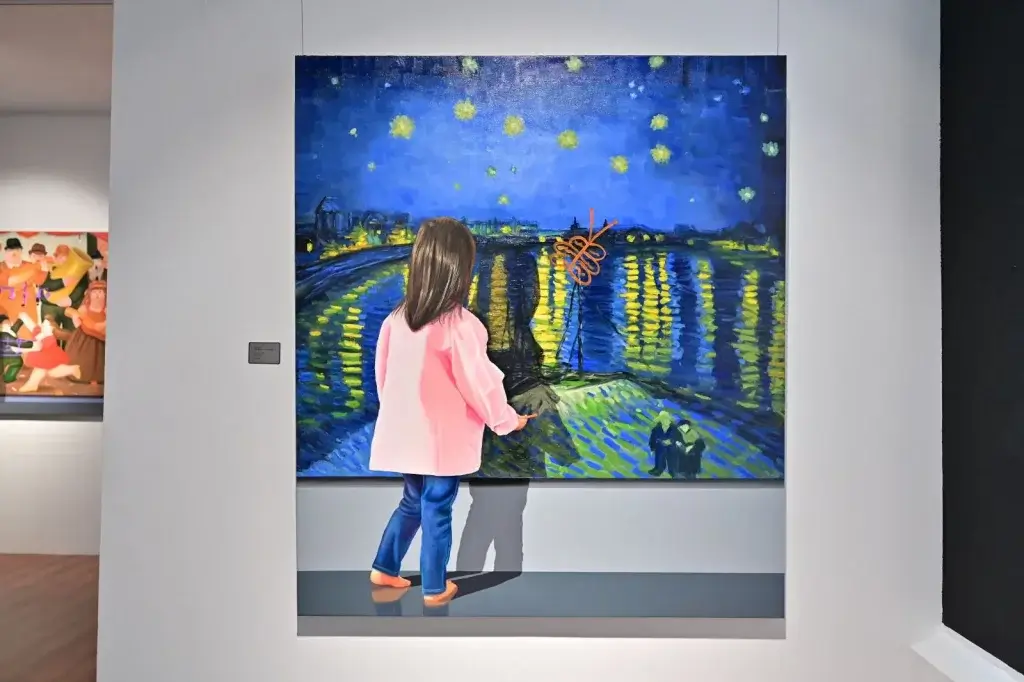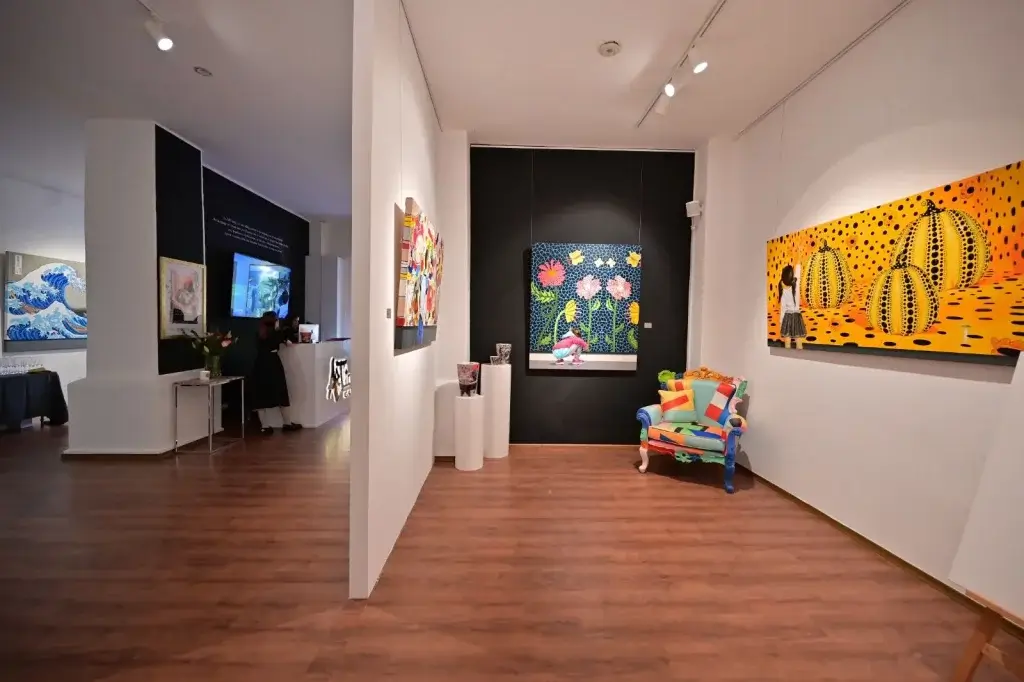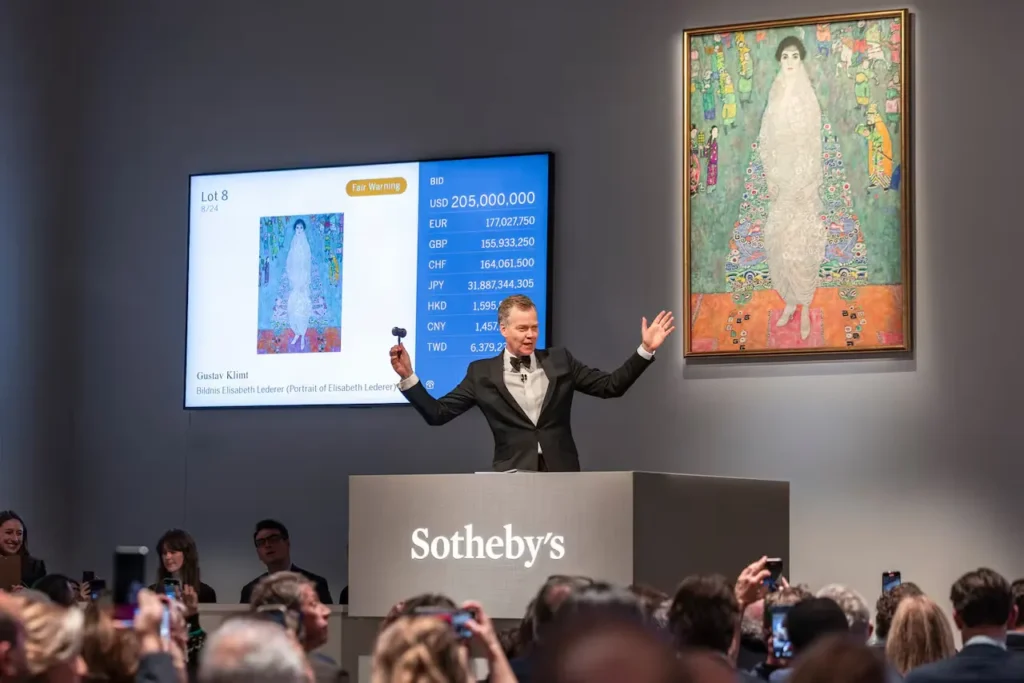The Duque Arango Gallery presents once again the art exhibition “Visual Polyphony”, this time we travel to Singapore to bring the incredible works of art of the Colombian artist Javier Caraballo.
Through his paintings, Caraballo proposes a visual paradox, engaging the viewer through the silent exchange of the gaze and non-verbal language. This compendium of works will give rise to the aesthetic discourse and technical mastery of the renowned artist, to act not only with the memory by claiming memories and erudition, but wishing to desacralize the artistic works to convert them through the innocent gesture in a new artistic experience.
His work is developed from the theme of children’s drawings, treating it from the sensations that can be perceived when observing a drawing made by a child, inquiring and raising questions from the assumption of what exactly happens or what these drawings communicate, finding in it an aesthetic world full of codes, stories and signs that represent a way of interpreting the context that surrounds them.

Caraballo is sure of the selection of the works he interprets in that they are masterpieces and enjoy wide popularity and recognition, and has no preference for periods or schools; he reproduces works from the Renaissance as well as the Baroque, or impressionist works as well as expressionist ones, or pop paintings as well as abstract ones, or on canvas as well as graffiti, which reinforces the idea that it is not about delving into their meaning or into the motives and arguments that led to their realization. It is simply a matter of resorting to them to make different proposals, to recontextualize them and make them part of a new form of expression. It can be said then that we are dealing with “appropriations”, a resource used in the history of art since ancient times and that has taken on renewed validity in postmodernity, a period that is distinguished, among other things, by the combination of the old with the new.
But not only Caraballo appropriates the images of the masterpieces, but also the technique of another postmodern movement: hyperrealism, but not from its arguments or purposes, since they vary considerably, but in that the term is often used to demonstrate the inability of consciousness to distinguish reality from fantasy, in this case, from the ideals of consumer society.




